New Lopi woodstove - question
sagewizard
17 years ago
Related Stories

FIREPLACESUpdated Woodstoves Keep Home Fires Burning
Better technology means more efficiency than ever for modern woodstoves
Full Story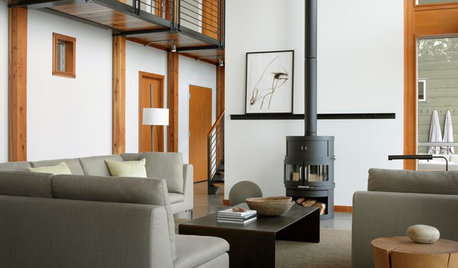
REMODELING GUIDESClean-Burning Woodstoves Ignite a Greener Heating Trend
No need to rely on oil or gas to heat your home — new woodstove designs burn cleanly and are beautiful to boot
Full Story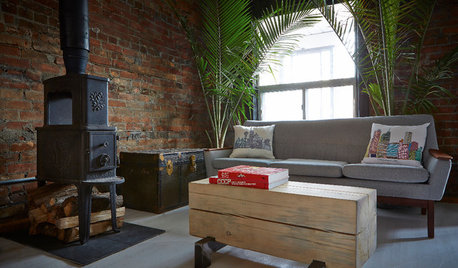
HOUZZ TOURSMy Houzz: Finding Beauty in the Everyday
From the 2-story woodstove to the fridge in the entryway, unusual takes on simple things give this Toronto home character
Full Story
FLOORSIs Radiant Heating or Cooling Right for You?
Questions to ask before you go for one of these temperature systems in your floors or walls (yes, walls)
Full Story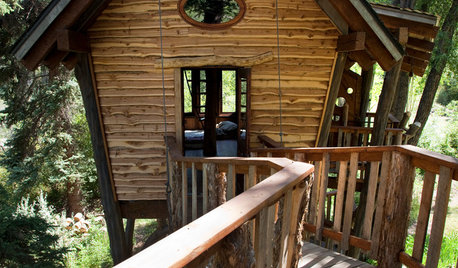
TREE HOUSESTour a Fantastical Tree House for Kids and Adults Too
For an architect and a master woodworker, a magical tree house answers the question, ‘What would you do if you could do anything?’
Full Story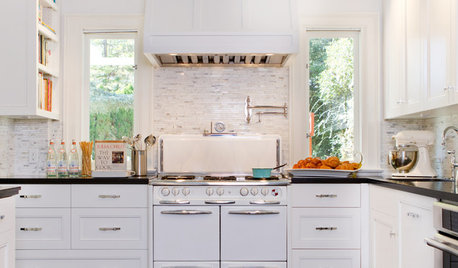
VINTAGE STYLERevel in Retro With Vintage and New Kitchen Appliances
Give your kitchen old-fashioned charm with refrigerators and stoves that recall yesteryear — even if they were made just yesterday
Full Story
MOST POPULARWhen Does a House Become a Home?
Getting settled can take more than arranging all your stuff. Discover how to make a real connection with where you live
Full Story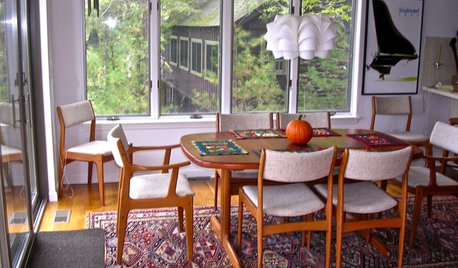
MODERN STYLEHow to Get That Modern Scandinavian Look
It's not all stark design and clean lines. Scandinavian decorating is surprisingly warm and ventures well beyond white
Full Story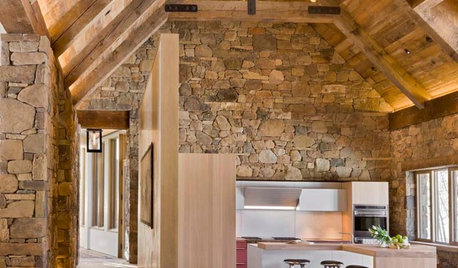
ARCHITECTUREDesign Workshop: Materials That Tell a Story
See how wood, concrete and stone convey ideas about history, personal taste and much more
Full Story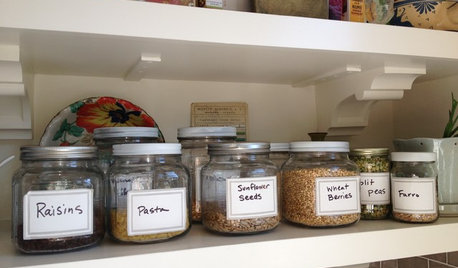
KITCHEN STORAGEArtful Organizers: Jars for Pretty Pantry Displays
Ditch the disheveled look of mismatched boxes and bags for colorful or clear pantry jars in an appealing arrangement
Full Story






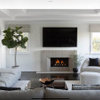
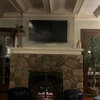
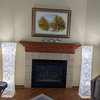
lkplatow
dunadan
Related Professionals
Hainesport General Contractors · Galena Park General Contractors · Annandale General Contractors · Evans General Contractors · Galveston General Contractors · Longview General Contractors · Mashpee General Contractors · Newburgh General Contractors · Pico Rivera General Contractors · Port Washington General Contractors · Rancho Santa Margarita General Contractors · Richfield General Contractors · Rossmoor General Contractors · Fort Washington Lighting · Wilmington Lightingdunadan
sagewizardOriginal Author
lkplatow
sagewizardOriginal Author
lopi_user
fespo
ellaris